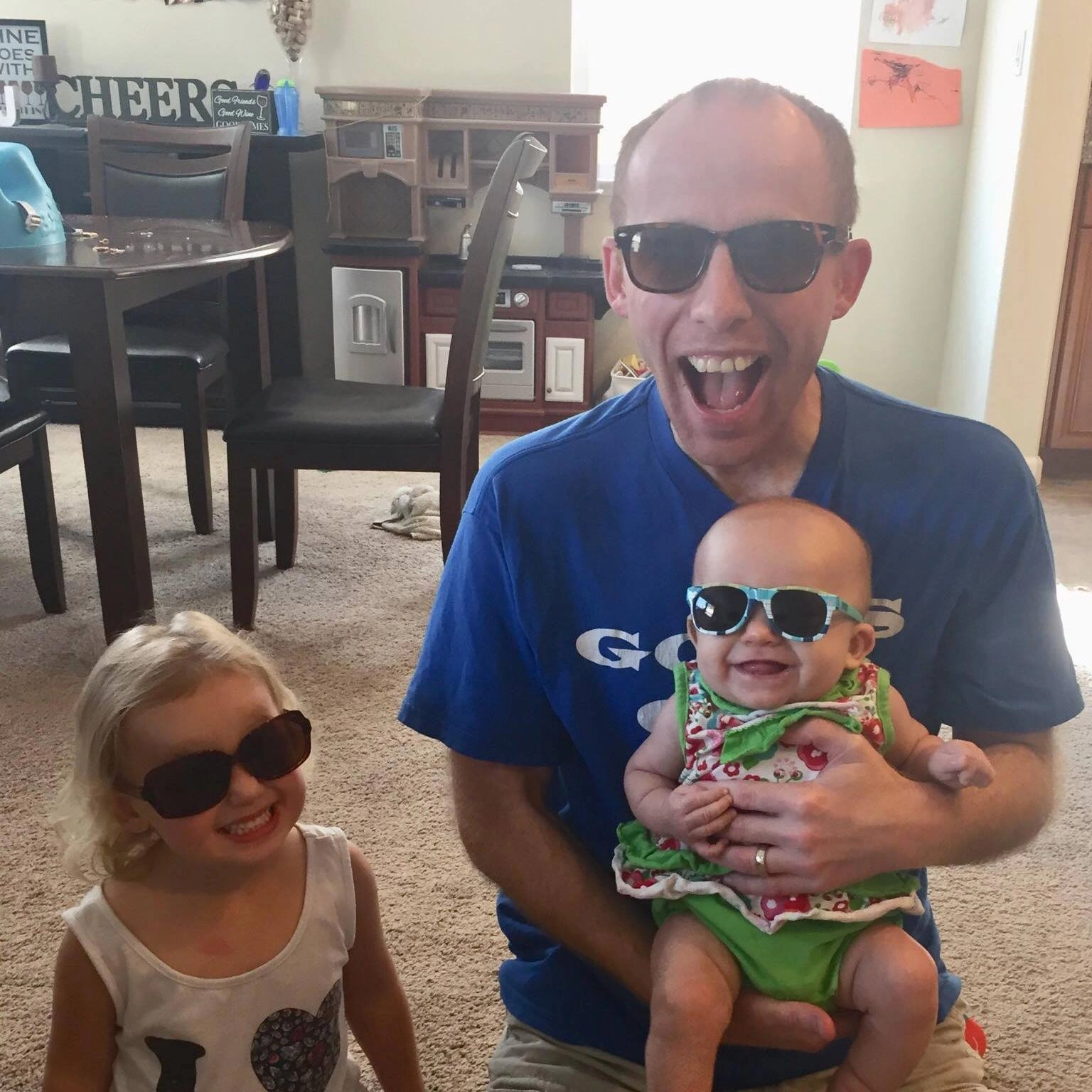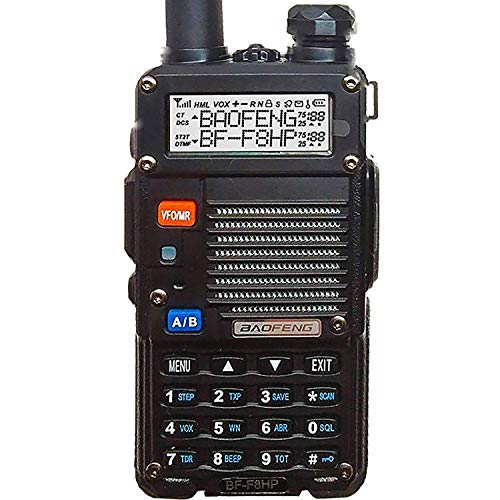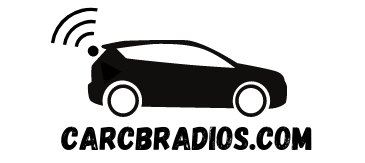By: Jeremy Neisser
In this article, I will discuss the two most popular radio services in the United States, the Citizens Band (CB) Radio Service and the Amateur Radio Service. As there are significant differences between the two services, understanding these differences will help you choose the one that best suits your needs.
CB radio has a rich history dating back to the 1940s, while amateur radio, also known as ham radio, has been around since the early 20th century. Both services have evolved over time, and in this article, I will explore their histories and the differences between them.
Key Takeaways
- Understanding the differences between CB radio and amateur radio is crucial in choosing the right service for your needs.
- CB radio has a rich history dating back to the 1940s, while amateur radio has been around since the early 20th century.
- Both services have evolved over time, and it's important to stay informed about the latest developments in the field.
CB Radio vs Ham Radio -The Differences Explained

CB Radio - History
CB radio, also known as the Citizens Band Radio Service (CBRS), is a private, two-way, short-distance voice communications service for personal or business use. It operates on 40 channels between 26.965 MHz and 27.405 MHz, with a maximum output power of 4 W. Under most conditions, users can expect a range of 1-5 miles.
In the past, a license was required to operate a Citizens Band station. However, this is no longer the case, and the FCC does not renew formerly issued CB Radio Service licenses. The popularity of CB radio is due to its low cost and ease of use, as no license or exam is required to operate it.
Despite its advantages, the low power output and limited frequency range of CB radio can be quite limiting, so it may not be suitable for all users. Those who need more power and frequency range should consider getting an amateur radio license.
Amateur Radio (aka Ham Radio) - History
Amateur Radio, also known as Ham Radio, is a popular hobby that involves the use of radio frequency communication to connect with other amateur radio operators around the world.
Unlike other personal radio services, amateur radio operators are allowed to use frequency bands from "DC to daylight." This means that they can transmit on frequencies above 275 GHz and choose the appropriate frequency for nearly any communication requirement.
One of the advantages of amateur radio is that operators are allowed to use much higher output power. Amateur radio stations can have up to 1,500 W of output power, which allows operators to communicate with other amateurs locally or around the world.
Another advantage of amateur radio is that operators are encouraged to experiment with their radio equipment. Unlike users in other personal radio services, amateur radio operators are allowed to build their own gear and experiment with new communications methods.
For example, digital communications have been developed that allow communications even when signals are so weak that humans can't hear them. This makes amateur radio a great choice for those who like to tinker and experiment with their equipment.
To obtain an amateur radio license, one must take a test. To get all amateur privileges, one must take three different tests: the Technician Class test, the General Class test, and the Amateur Extra Class test.
The FCC charges $35 for an initial 10-year license, but there is no FCC charge if you upgrade your license, such as from Technician to General.
Getting started in amateur radio is not that difficult. To get a Technician Class license, you must pass a 35-question, multiple-choice test.
Differences between CB Radio and Ham Radio
When comparing CB radio and ham radio, there are several key differences to consider. While CB radio does not require a license, ham radio does. CB radio has a limited range, while ham radio can be used for worldwide communications.
CB radio has a maximum power output of 4 W, while ham radio can output up to 1,500 W. Ham radio allows for radio experimentation, while CB radio does not.
CB radio operates on a limited set of frequencies, while ham radio can operate on a wide range of frequencies. Finally, CB radio has a limited selection of antennas, while ham radio has nearly unlimited antenna options.
Can Ham Radio be Used as a CB Radio?
In general, ham radio cannot be used as a CB radio. CB radios are designed to operate within a specific frequency range and come with product certifications that prohibit modifications to the radio's power output or internal components.
However, if a licensed amateur radio operator wants to communicate within the CB frequency range, they can do so by using a CB radio.
Despite this limitation, ham radio can be used in many situations where people currently use CB radios.
For example, road rally organizers use CB radios to communicate during rallies, but ham radio can also be used for this type of communication. Ham radio has the advantage of greater range, but it requires a license to operate.
In short, while ham radio cannot be used as a CB radio, it can be a viable alternative in many situations.
What about other personal radio services?
General Mobile Radio Service (GMRS)
Apart from CB radio and amateur radio, there are other personal radio services available that you might consider. One of them is the General Mobile Radio Service (GMRS). GMRS is a short-distance, two-way voice communication and data messaging service that uses 30 channels at 462 MHz and 467 MHz.
GMRS users can set up repeater systems to extend the range of their handheld and mobile radios.
With a repeater system, you can achieve a range of 25 miles or more.
Power outputs on GMRS channels vary by frequency and are set at 0.5, 5, and 50 watts maximum. Licenses are required to operate a GMRS system, but there is no examination. Anyone in your immediate family may operate under your GMRS license, too.
The fee for a GMRS license is $35 for 10 years.
Family Radio Service (FRS)
Another personal radio service is the Family Radio Service (FRS). This service operates on 22 channels that are also used by GMRS but with a limited range due to technical limitations.
A license is not required to operate an FRS radio, and the radios are limited to 2 watts output power on 462-MHz channels and 0.5 watts on 467-MHz channels.
Also, the radios cannot have a detachable antenna. With these limitations, the range of FRS radios is limited, and a maximum range of 1 mile is common.
The FCC rules for the Citizens Band Radio Service, General Mobile Radio Service, and Family Radio Service are located in 47 C.F.R. Part 95.
If your communication needs are modest, and being able to talk to friends and family locally are all you’re after, then one of these services could be right for you.
Frequently Asked Questions
What are the differences between CB radio and ham radio?
CB radio and ham radio are two types of personal radio communication systems. CB radio is a short-range, two-way radio used for personal and business communication. Ham radio, also known as amateur radio, is a long-range radio used for emergency communication, experimentation, and hobby purposes. The main differences between CB radio and ham radio are the range, power, and frequency used.
Do you need a license for a ham radio?
Yes, you need a license to operate a ham radio. The license is issued by the Federal Communications Commission (FCC) in the United States and other regulatory agencies in other countries. There are three classes of licenses: Technician, General, and Extra. Each class has different privileges and requirements.
What is the range of a ham radio compared to a CB radio?
The range of a ham radio is much greater than that of a CB radio. Ham radio can communicate with other ham radio operators around the world, while CB radio is limited to a few miles. The range of a ham radio depends on the power output, antenna, and atmospheric conditions. Long-range Amateur Radio transceivers have ranged from 100 to 1,500 miles [161 to 2,414 kilometers]. CB radio users can receive a message up to about 4 miles [6 kilometers] in flat terrain.
What are the advantages of using a ham radio over a CB radio?
The advantages of using a ham radio over a CB radio are the range, power, and frequency used. Ham radio can communicate with other ham radio operators around the world, while CB radio is limited to a few miles. Ham radio can use higher power output and a wider range of frequencies than CB radio. Ham radio also has more features and modes of operation than CB radio.
Can you use a ham radio as a CB radio?
No, you cannot use a ham radio as a CB radio. Ham radio operates on different frequencies and requires a license to operate. CB radio is a personal radio service that does not require a license to operate.
What are the best ham radios for beginners?
The best ham radios for beginners are those that are easy to use and have a low learning curve. Some popular models include the Baofeng UV-5R, Yaesu FT-60R, and Kenwood TH-D74A. These radios are affordable and offer a range of features for beginners to explore. It is important to obtain a license before operating a ham radio and to learn about the rules and regulations of the hobby.
Do police use CB radio?
Police operate on analog radios and do not use CB radios. However, the 700/800 MHz UHF band is used by police radios allowing them to hear some CB radio channels. Many Police forces have switched to digital radio. This gives them a long range, which provides a clearer message in dense metropolitan areas.
What CB channel do police monitor?
The Police monitor Channel 9, the emergency channel located 27.065 MHz.
-You might like: The 5 Best Handheld CB Radios.
What is the most popular ham radio band?
20 meters – 14.0–14.35 MHz – The most popular DX band, which is often most popular during the day. In that band, QRP operators use 14.060 MHz as their primary calling frequency. Users of the PSK31 data mode prefer to congregate around 14.070MHz.
The best answer is that it depends on which country you're in. In Canada, the most popular band would be the freeband because there are a lot of 10 meter AM operators who enjoy frequent chats with other Canadian visitors.
All US Operators use frequencies between 26.965 MHz and 27.405 MHz from their CB radios but there are restrictions for using these channels north of the border so they have to buy special equipment to get around this problem.
In Europe, shortwave enthusiasts play quite a big role especially in countries like Germany where every summer you can hear their presence up to about 13 MHz during local contests.
What is the Standard Band for CB radio?
Cb Radios are authorized for 40 channels between 26.965 MHz and 27.405 MHz.
The most common frequencies are 26.500 MHz to 27.405 MHz in four bands. When referring to CBs, ham radios like to use HHz (Hertz) rather than KHz (kilohertz) because of its accuracy.
For example, 26.965 MHz is not actually 965 kHz but 960 kHz + 5 kHz due to 608 channels per 10 kHz that spans from 26.515MHz to 27.855MHz .
This can be confusing at first but everyone gets used to using it after a while.
What's more frustrating now that the band plan has been updated to allow for 10 kHz bandwidth, there are now two numbers that have to be memorized – 27.235 and 27.245 MHz which is a real pain to do if you're not used to it .
You may like: Full List with PDF of the CB Radio Frequencies
What are the Amateur Radio Frequencies?
The National Association of Amateur Radio (ARRL) has an entire list that starts with 2200 meters, 630 meters, 160 meters 80 meters, 60 meters, 30 meters and it goes all the way down to 1.25 meters. You can read their full list here.
In the US, amateur radio frequencies start at 28 MHz and go up to 29.7 MHz (the 11-meter band).
More common (and less crowded) are the 10-meter ham radio bands between 28.000 MHz and 29.700 MHz which can still be used outside of contests but with more serious limitations.
Conclusion: CB Radio vs Ham Radio
Both Amateur Radio and CB radio systems each have their own sets of pros and cons. In the end, it really boils down to what you need at any given time; if you're looking for a way to chat with your buddies while cruising down the road, go for CB radio.
If you want to converse with like-minded individuals in faraway places or be able to contact emergency services when in dire straits (or even just say G'day to a mate who's halfway around the world) then get yourself an Amateur Radio license.
Jurisdiction over Low Power Personal Communication Services is being transferred from the FCC to newly created Wireless Telecommunications Bureaus in each state.

Hi & Welcome!
My name is Jeremy and I have been an avid car nut for many year. My first car was an 1987 Honda CRX. I put in my first Kenwood stereo, amp, 2 10" JLs and a CB Radio in it and have been an avid user of CBs and car radios for years. I'll do my best to share my tips, information and thoughts to help you with whatever question you might have, ABOUT ME
After I graduated from High School, I worked 5 years are Radio Shack and 3 years at Circuit City answering questions and helping customers with various electronics questions.




